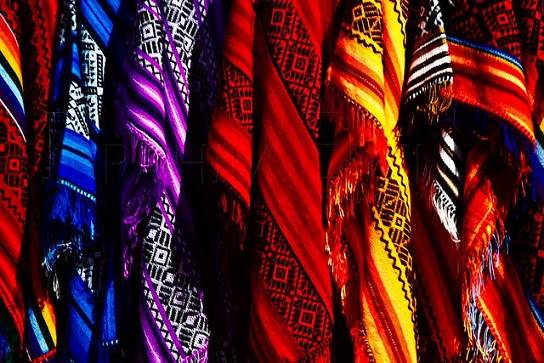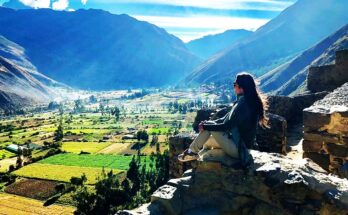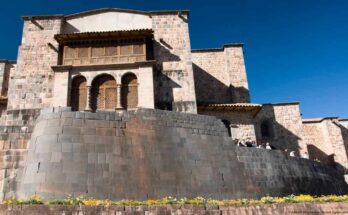The main material for the creation of the famed Peruvian textiles-alpaca fiber and pima cotton- has its own history which is important to know in order to understand why they have survived the passage of time maintaining its colors and textures.
Alpaca fiber
It is surprising to the world that, although it is one of the most exclusive textiles in the world, it is still produced in a manual and industrious manner. The secret of its durability is the way that the thread of the textile has been treated before weaving. In the time of the Incas, the alpaca fiber was a social status symbol, which was also used as an element of commercial exchange. The finest alpaca threads were reserved for Inca nobility.
The alpaca was domesticated thousands of years ago in the Peruvian Andes at more than 3 meters of altitude. Its wool is extremely fine and soft with a great capacity for retaining heat. It is much more durable than wool and, furthermore, much lighter.
The shearing of an alpaca is a special ritual performed by Andean cattle farmers and starts every year at the beginning of the hot season. The first cut of wool from the alpaca is very coveted by dressmakers since it is much softer and lighter than the following cuts. Furthermore, it reaches up to 40 grades of colors or tones that range from marble to black, passing through the grays and browns.

Pima Cotton
This type of cotton is highly valued around the world since it is considered a luxury fiber. It is called chamois by the Peruvians due to the fact that it feels like silk and it is shiny. This natural shine and agreeable sensation is due to the fact of how it has been cultivated in the coastal valleys of northern Peru since they are produced trying to respect nature in order to avoid imperfections at the time of harvest.
It is easily dyed due to the fact that its natural color is a brilliant white, sometimes varying to a yellow if it is not pure. The ancient Peruvians of the north used this fiber to make clothing in order to deal with the inclement heat since it allows the wind to pass through and it protects the skin.



